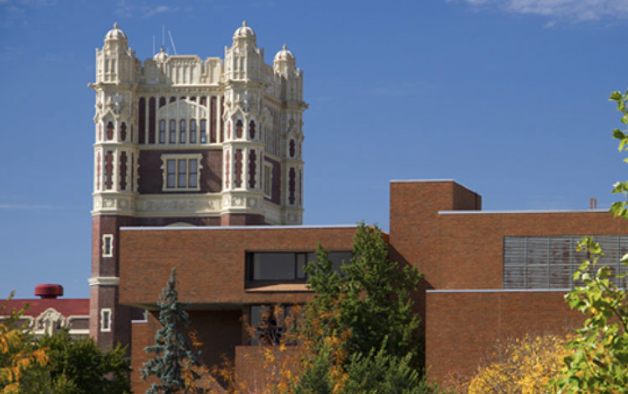
Medical education is changing faster than the technology that doctors use to take care of their patients, though that is one of the factors driving its evolution. Here are three trends to watch out for in the world of medical education. We’ll also analyze what is driving these shifts in medical education.
Failure to Match Doctors to Residencies
Medical school remains the primary pathway for people to become primary care physicians. The major problem graduates find is the gap between the number of residencies and the number of medical school graduates. You can blame this on the American Medical Association capping the number of residencies back in the 1990s to limit future competition. There have been bills to increase the number of GME slots by several thousand but nothing has passed to date, but we need at least a fifteen percent increase in slots to ensure that potential doctors don’t wait a year or two to get into residency or follow a different career path.
Alternatives to Medical School
The shortage of new doctors relative to demand has led to increased recruitment of foreign-born doctors, but this hurts the nations where they come from, which is why they are now fighting it. The alternative that has been expanding for more than a decade is the nurse practitioner. Nursing stands out as one of the career paths where schools provide many on and off ramps for one’s education. Earn a one or two year associate’s nursing degree, work a few years, earn a bachelor’s degree in nursing through a bridge program that makes it as fast as possible, work another few years, then return for a master’s degree in anesthesiology or complete a several year program to become a nurse practitioner.
Nurse practitioners enjoy most if not all of the privileges of doctors although they cannot prescribe medication in all states and may be required to work under the supervision of an MD. They earn almost as much money, while nurse anesthesiologists work in place of medical doctors. The much larger supply of nurses and flexible career path also results in a growing number of them becoming nurse practitioners and filling in for the doctors we don’t have.
Online Learning
It is increasingly possible for everyone from phlebotomists to nurses to take continuing education courses online and complete nearly all of their education digitally. We say nearly all because nurses and lab techs still have to demonstrate their skills with patients in a clinical setting before graduation, but reducing the amount of time they need to be in a brick and mortar class makes it easier to earn these certifications.
At the other end of the spectrum is the online MSHI program or online health informatics degree that can be earned entirely online. Online learning is also supporting customizable curriculums for students at an increasing number of schools.
Conclusion
There aren’t enough residencies for the number of medical school graduates in the United States. Nursing programs are producing nurse practitioners with most of the legal authority granted to doctors. Online learning is becoming commonplace for many health programs, both only for those earning a degree and those completing continuing education courses.


Leave a Reply